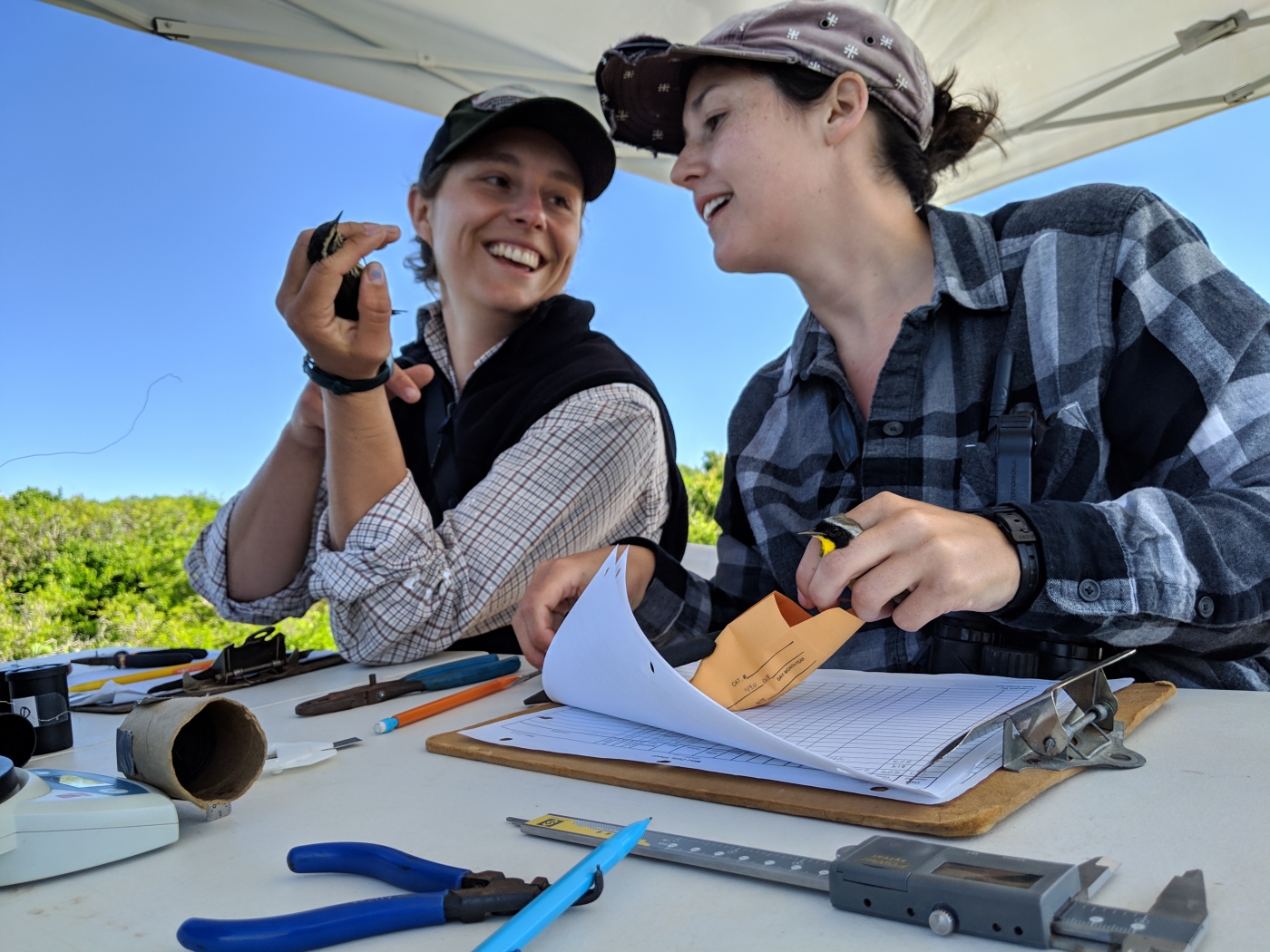Texas Gulf Coast Schools Outreach

Smithsonian Migratory Bird Center scientists use on-the-ground field work and advancing technologies to study migratory birds during their travels through the Gulf of Mexico region.
Habitats along the U.S. coast of the Gulf of Mexico provide critical resources for North America's migratory birds. The majority of the birds that breed in North America travel across the Gulf of Mexico every spring and fall, as they migrate between temperate breeding grounds in North America and wintering grounds in the southern U.S., Caribbean, and Central and South America.
During these biannual journeys, migratory birds congregate in the barrier islands, beaches, marshes, forests and airspace habitats around the U.S. coast of the Gulf of Mexico, from southern Texas to the Florida Keys. These coastal habitats comprise some of the most important wintering, resting and refueling areas for North America's migratory birds.
Through the course of this work, hundreds of local students have also been exposed to the wonders of intercontinental bird migration. Every spring, local elementary and high school students visit researchers in the field to learn about bird migration, research and the Gulf Coast ecosystem.
An SMBC educator spends the morning with students, teaching them about bird migration and the importance of Texas coast habitats for healthy bird populations. Students interact with scientists as they work, observing the process of catching and collecting data from migratory birds. They also have the opportunity to see these colorful birds up close, newly arrived after a 600 mile flight.
SMBC hopes this opportunity instills a lifelong interest in birds and bird migration, and translates into strong stewardship of Gulf Coast habitats. Educators assess the outcomes of this learning opportunity and use that information to better inform future outreach and education efforts.
This research is supported by funding from the Southern Company, through their partnership with the National Fish and Wildlife Foundation and ConocoPhillips Global Signature Program. This work also receives generous logistical support from The Nature Conservancy’s Clive Runnells Family Mad Island Marsh Preserve.
